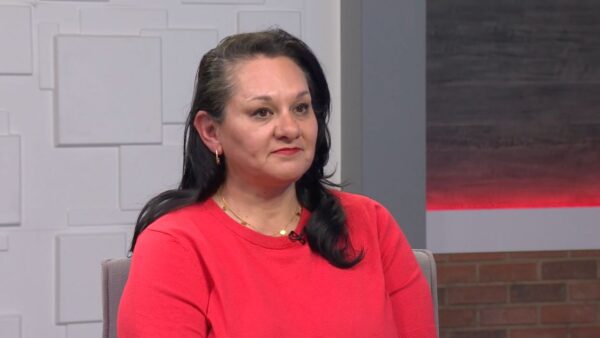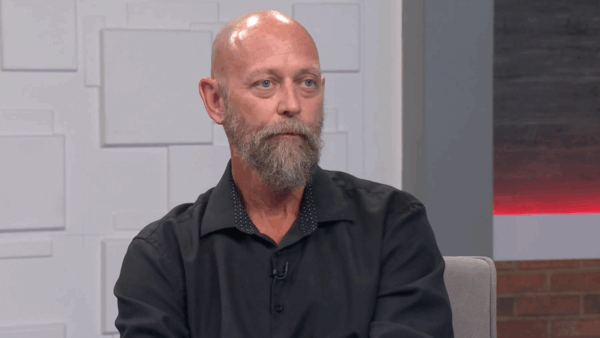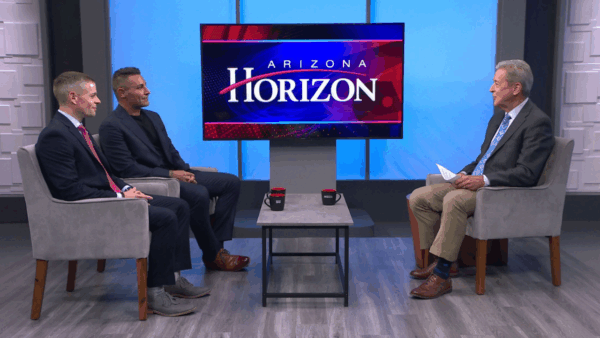Senate passes permanent Daylight Saving Time bill
March 16, 2022
The U.S. Senate has unanimously approved a bill to make Daylight Saving Time permanent. Randy Cerveny, an ASU climatologist, will discuss the bill and what it means for Arizona, which never changes its clock anyway.
“We will be consistently on the time that California is on. We will remain on Mountain Standard Time, which is the same as Pacific Daylight Time, so we will be on the same time as California, and so we’ll always be 3 hours off of places like New York City.”
Daylight Saving Time carries practical benefits in much of the country, a major factor in why it was adopted to begin with.
“It was originally an energy-saving measure for the rest of the country by having sun into the evening hours so you didn’t have to have as many lights on,” Cerveny said. This was particularly significant during various energy crises throughout the 1970s and 1980s.
But for Arizona, which already receives plenty of sunlight, stretching the daylight into the evening is not as beneficial.
“We want to end the daylight as quickly as possible, so you don’t end up with 115 degrees at 8:00 at night,” Cerveny said.
The other state that does not participate in DST is Hawaii, which has nearly 12 hour days at all times of the year due to its proximity to the equator, Cerveny said.
However, ending the switch between Daylight Saving Time and Standard Time may carry benefits of its own, potentially even saving lives. The change in time contributes to an increase in various accidents and health problems in the days surrounding the switch.
“You have certain rhythms in your body that take some time to adjust if you change the cycle that you’re on,” Cerveny said.
This isn’t the first time that a national move to permanent DST has been tried.
“They tried this back in the 1970s, they tried to go on permanent Daylight Savings time. The idea was put forth and it was passed for a while,” Cerveny said. “The problem that people didn’t realize is that it meant that in wintertime, their kids would be waiting for the bus in the morning at 8:30 AM in Ohio and it would be pitch-black out. By pushing the sunlight into the evening hours, you’re pushing the nighttime into the morning hours.”
For this reason, Cerveny expects it won’t be long before there’s a move to try and restore the alternating system.
“Next year at about this time there’s going to be a lot of outrage about it, and there might be a movement to say ‘let’s not do that, let’s move it back to the way it was done before,’ ” Cerveny said.























